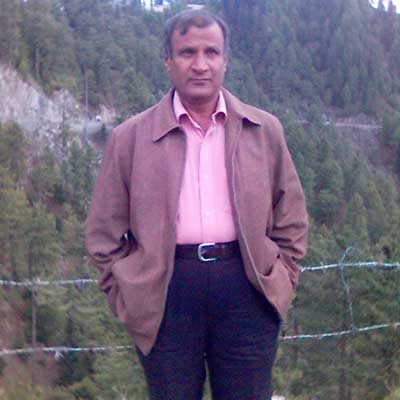Modern Yoga Techniques
Yoga is a multipurpose meditation practice which is commonly adopted and applied for various lifestyles, cultures and individuals with different goals and objects in mind. When practitioners join Yoga classes, they have different purposes in mind to do so. Some had in mind the overall mental development & peace of mind, others have the reasons to get release from stress, tension, depression, different mental distractions and anxiety while many others are advised by the medicinal physicians to get rid from initial stages of different ailments. Some others join the Yoga to achieve spiritual enrichment in life.
In general, Yoga is a source of personal transformation and happiness if it is practiced with endurance, regularity and mental concentration.
Widely Applied Modern Yoga Techniques
Among the numerous Yoga techniques, available for the practitioners to apply, to get physical, mental and spiritual well-being, the best ones can be chosen by your instructors, as per your requirements and your goal to join Yoga classwork. Out of the many, being practiced in different culture and communities, the most prevalent Yoga techniques are:
Asanas (Physical Position of Body)
To get the best outcome from the Yoga, the most important step is to adopt most suitable asanas, i.e. Yoga physical posture. When an instructor started Yoga session, the first technique, chosen by the instructor is the combination of physical balance and alignment to produce flexibility and strength in the body of practitioner.
The most common Yoga asanas, chosen by the instructors for the practitioners, are downward dog type shaped position, warrior styled postures, tree type pose and many such positions. Each of the asanas, chosen by the instructor for the practitioner or the class, has specific benefits for the mind and body of the practitioner.
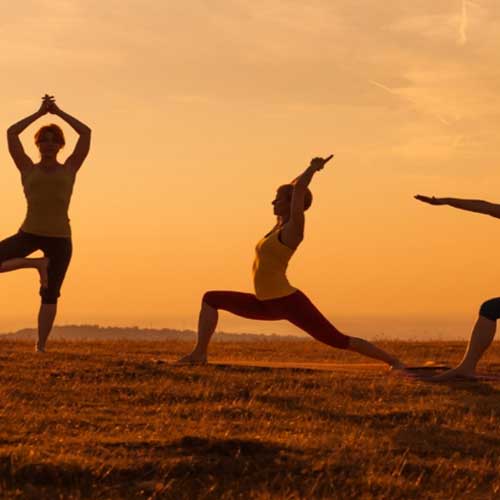
Pranayama (Breathing Style)
Application of Pranayama technique involves the systematic control of the breath during Yoga. With Pranayama techniques, instructor can teach you to regulate your breathing during your Yoga practice to increase lungs capacity with a purpose to achieve the peace and calm of mind.
The common most Pranayama techniques include:
- Ujjayi (victorious) – It is utilized to soothe the human nervous system and calm down the mind while increasing psychological sensitivity. This style is applied when the insomnia is required along with the lowering of heart beat and blood pressure.
- Kapalabhati (skull-shining) – This style of Pranayama helps to improve the blood circulation in the body, used to improve digestion and metabolism. This is widely applied to strengthen and improves the functions of liver and kidneys.
- Nadi Shodhana (breathing through alternate nostril) – Alternate nostril breathing is applied when practitioner is required to get the calm mind and still as well.
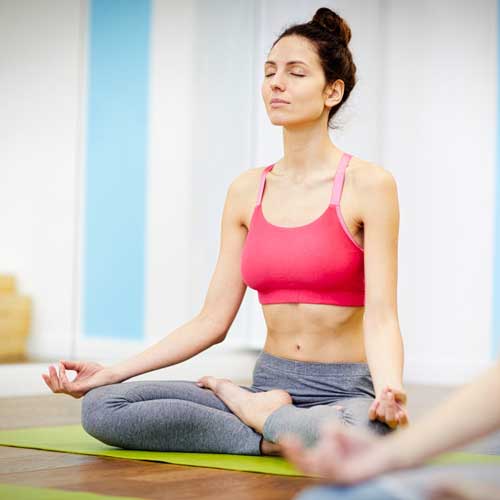
Ujjayi
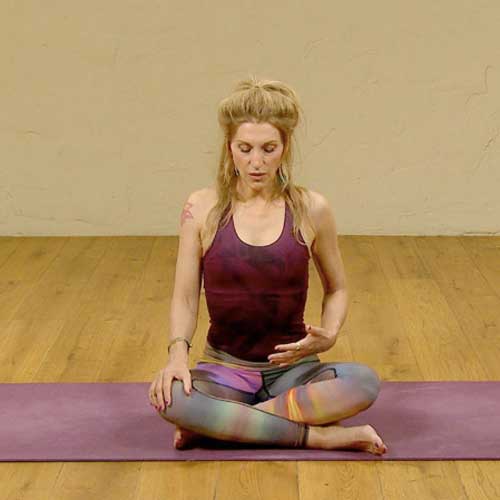
Kapalabhati
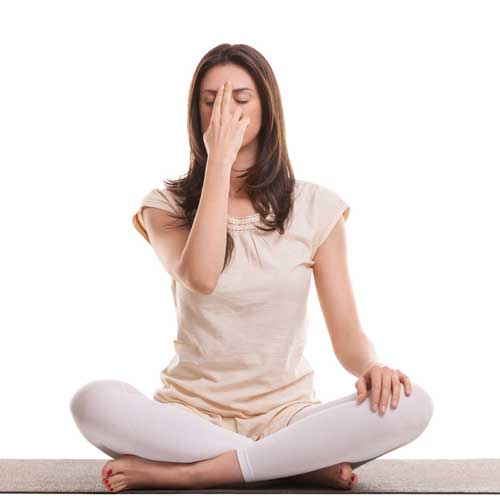
Nadi Shodhana
Meditation
Being the key component of Yoga, it is applied to train the mind to focus and to become aware of the current moment. Among the many techniques of meditation, some are:
- Mindfulness Meditation – It is a part of many breathing methods which are applied to relax the body and mind to reduce the stress.
- Loving-Kindness Meditation – Also called metta meditation, is applied to send sentiments of goodwill, kindness and warmth toward others.
- Mystical and Inspiring Meditation – It is a technique in which you repeat a word or phrase in your mind and repeat it in order to put yourself into deep perception and awareness. This technique is widely applied to lower your blood pressure and stress level.
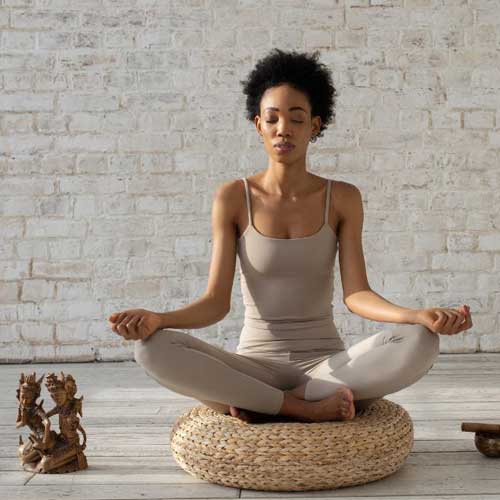
Mindfulness
Meditation
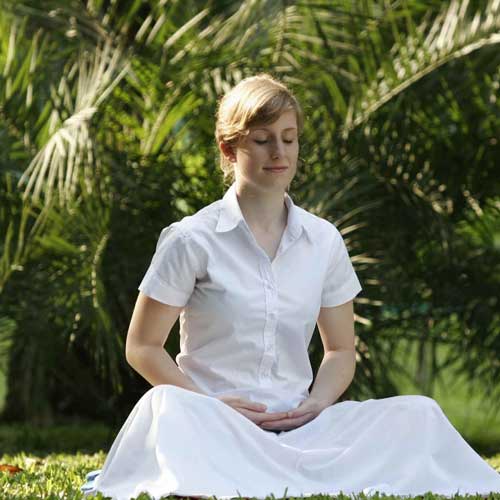
Loving-Kindness Meditation
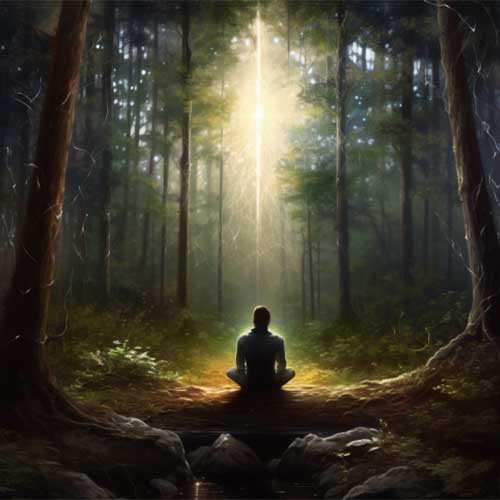
Mystical / Inspiring Meditation
Mantras (examples; mind body & spirits)
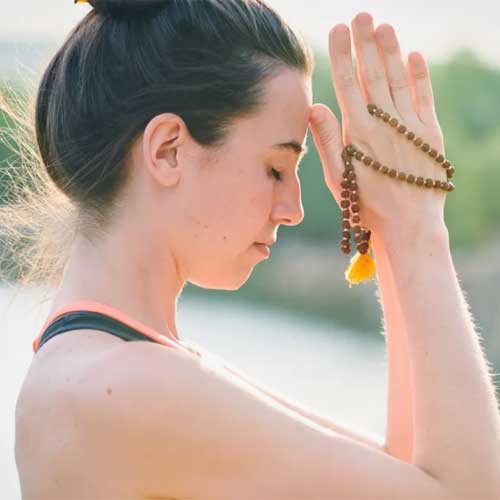
It is a repetition of words or phrases, sung during meditation Yoga. They affect the mind and body through the vibrational quality. One such word is ‘Om’.
Mudras (symbolic or ritual movement of fingers)
Used frequently in Hinduism, Jainism and Buddhism, these techniques are hand movements and nods which are used to flow prana (life force), e.g. Chin Mudra is a thumb and forefinger touching each other while all other hand fingers are extended.
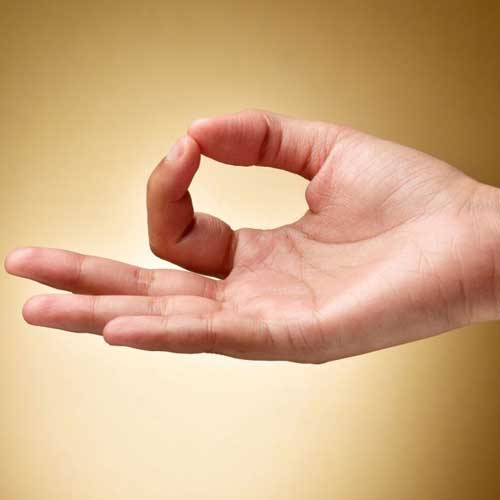
Bandhas (literally meant; bond, fetter or catching hold)
In hatha Yoga, it is described as the ‘body lock’, i.e. to lock the vital energy in the body in kind of body postures. Most common bandhas are:
- Mula Bandha (it strengthens the pelvic floor area, including pubococcygeus and all those muscles that support pelvic organ system).
- Uddiyana Bandha (abdominal lock).
- Jalandhara Bandha (throat lock).
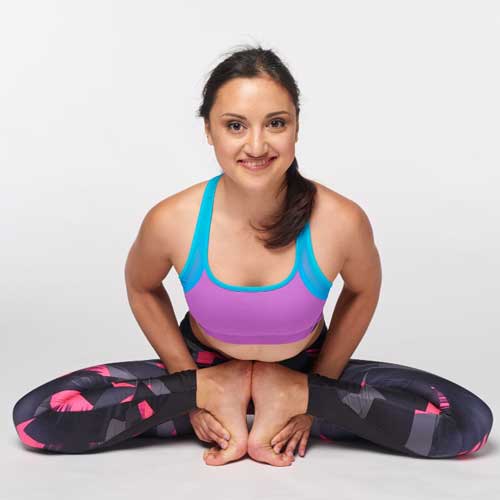
Mula Bandha

Uddiyana Bandha
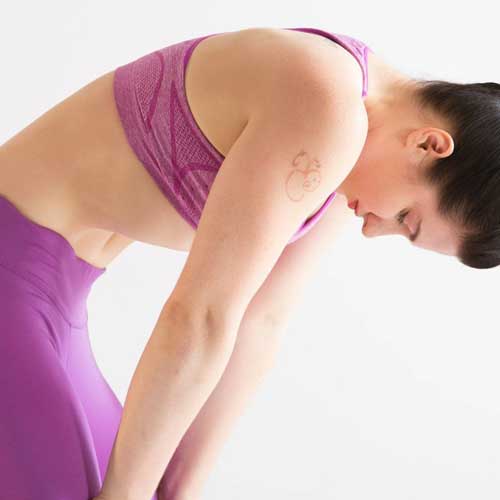
Jalandhara Bandha
Yoga Nidra (yogic sleep)
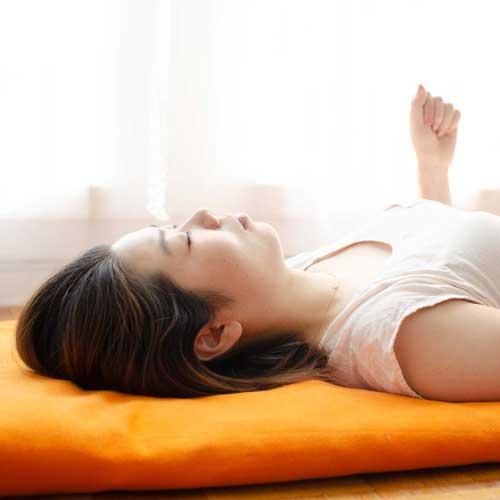
It is a technique to promote deep relaxation and transformation which is frequently used for the reduction of stress and to improve sleep along with the enhancement of awareness. It is an enthralling Yoga practice that takes us from deep states of self-analysis to the Tantric Tibetan dream Yoga through clear dreaming state.
Yoga Props (blocks, straps or objectives)
These are the specially designed and prepared objects which are used to maintain proper alignment of body posture in order to make Yoga more meaningful with physical limitations. When these objects are used during Yoga, these are used to protect the practitioners from tiredness. With their help, the practitioner feels comfortable to adopt different techniques of Yoga.
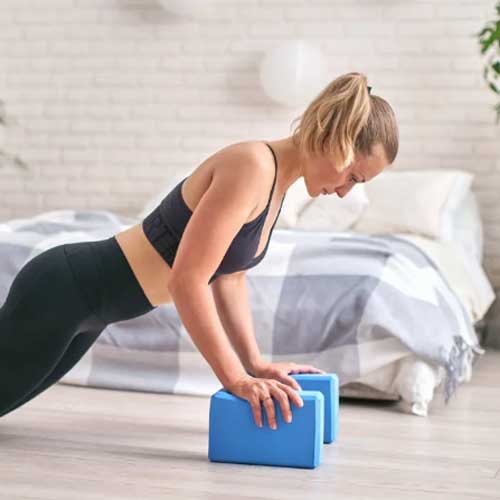
Yoga Sequence of Flow of Activities
To get the best outcome from the Yoga, the most important step is to adopt most suitable asanas, i.e. Yoga physical posture. When an instructor started Yoga session, the first technique, chosen by the instructor is the combination of physical balance and alignment to produce flexibility and strength in the body of practitioner.
The most common Yoga asanas, chosen by the instructors for the practitioners, are downward dog type shaped position, warrior styled postures, tree type pose and many such positions. Each of the asanas, chosen by the instructor for the practitioner or the class, has specific benefits for the mind and body of the practitioner.
As some styles of the Yoga emphasize upon some others styles, it is required to align your goals and preferences with other techniques to get the best results from Yoga. So, it is advisable to learn and/or apply some Yoga techniques under the guidance of some professionally trained Yoga instructor. This is important if you are new to Yoga, you may need proper alignment and safety while practicing Yoga.

AUTHOR RESUME'
Saadat Wahid from Pakistan. After post graduation in Education (PU, Lahore), he acquired MBA (Finance – IBA, PU). Then HDR in Finance from SZABIST (Karachi & Dubai) and started Research in finance.
With more than 3 decades rich experience in teaching, training, administration and marketing, he has written many books on technology and finance as well (available at Amazon).
He has written after getting inspired from Xanthi Tsiouka.
